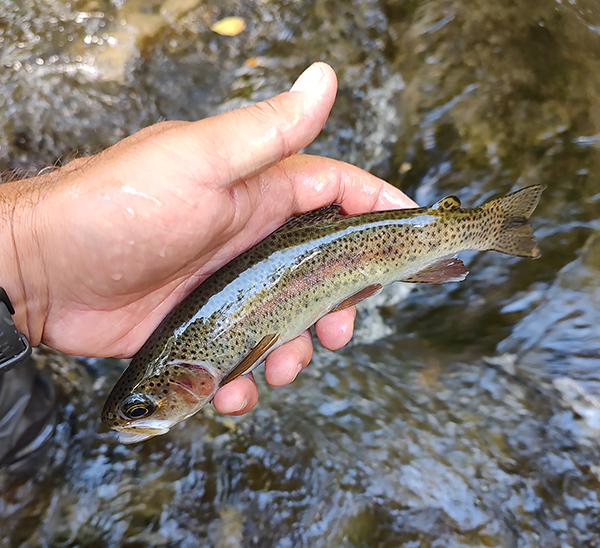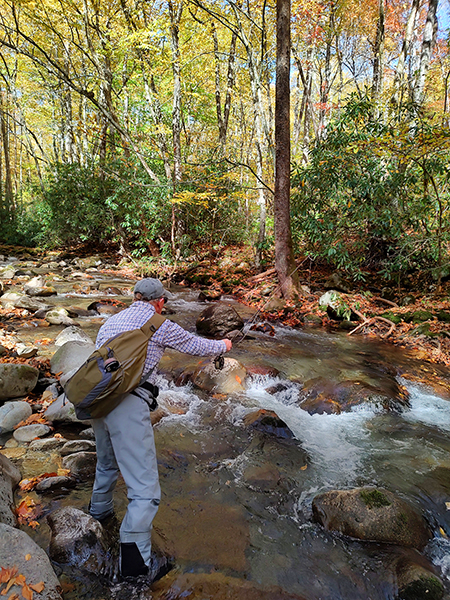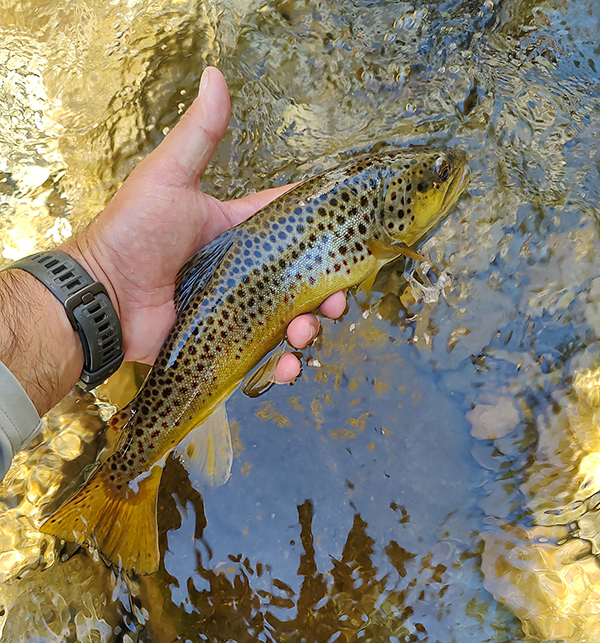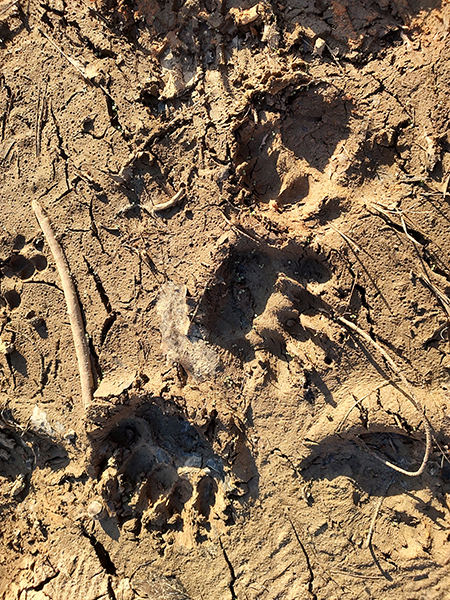It’s been an exceptionally busy fall season for us guiding fly fishers here in the Smokies. It’s hard for us to believe just how quickly things have moved. It seems like only a few weeks ago we were hosting our group of anglers in Yellowstone, but that was in early September and we’ve barely rested since then. We’ve had a relentless guide schedule, plus many of you are certainly curious about flooding from Helene, so let’s get started….
Flood Damage from Helene
First of all, thanks so much to everyone who checked in with us about storm damage from the Hurricane. It’s very important for us to be sure you know that the Tennessee side of the Smokies had minimal impacts. Streams got high, and certainly reached a noteworthy point, but not extreme. In fact, most of the North Carolina side of the park came away with minor damage, but there are some exceptions….
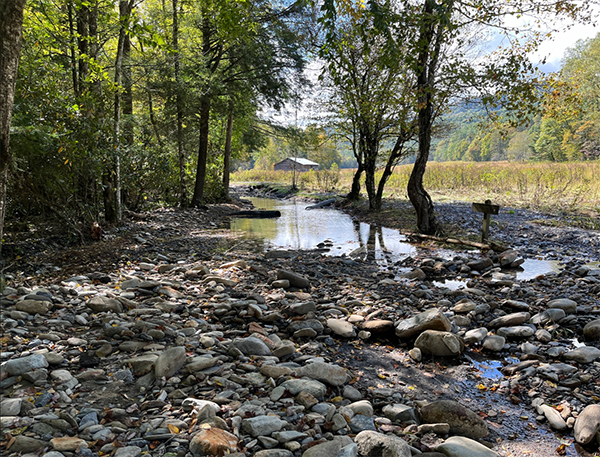
Upper Cataloochee Valley along Rough Fork. The entire valley is still closed due to washed out roads.
Cataloochee Valley saw historic flooding that washed away every footbridge on every trail and washed out significant sections of road. If you’re unfamiliar, this is among the least visited sections of the park that can be visited by road. It’s renowned for its elk herd as well as historic homesteads and assortment of trout streams.
The bulk of the damage is focused on the upper part of the valley along Rough Fork and Palmer Creeks. Rough Fork actually ran into the Caldwell Barn and nearly collapse it. The park service has done work to stabilize the structure and will eventually get the roads repaired. Straight Fork Road outside of Cherokee is also closed due to flood damage and needs repairs. We are not aware of a timetable for their restoration, but Straight Fork and Cataloochee are often closed during the winter anyway. We’ll keep you posted when they hopefully re-open next spring.
How’s the fishing?
Outside of the flooding rains from the hurricane it’s been an exceptionally dry autumn. In fact, we were right at all time record low flows in the Smokies in the days leading up to the historic storm. This wasn’t the case across the Smokies, but certainly in Tennessee on Little River, the Little Pigeon system, and Abrams Creek. Flows were also extremely low down in the Cherokee National Forest in the Tellico River system.
Not only were flows low, but temperatures well above average for November. We actually saw some snow along the crest of the Smokies in mid-October but the weather resembled early September for weeks afterwards. Water temperatures were fine for trout, but up in the 60’s rather than mid to low 50’s which is more typical of late fall.
We saw brook trout spawning in several locations but ran across relatively few brown trout. While it’s only speculative, we suspect they may be waiting for higher water and cooler temperatures before spawning. Fortunately that’s happening right now!
We’ve had a return to cooler weather even though it’s still a bit above average. Better yet, it’s raining as I write this and stream levels are rising. Hopefully we’re moving into a wetter phase now and will be leaving the drought conditions behind us.
What are you catching them on?
Dry fly fishing remains very good, but nymphs should be part of the program. Fish probably won’t be moving much early when the water is coolest, but warm afternoons will bring on some hatches of midges, caddis and Blue Wing Olives. There’s not really much need to match a hatch in the Smokies this time of year, but anglers will often do better with smaller flies. Use #16 Parachute Adams, Elk Caddis and Stimulators for the best success, but don’t hesitate to go to #18 if you can see the fly well.
Again #16-18 nymphs are the best, but start thinking about some larger rubber leg nymphs and Tellico Nymphs after water levels inevitably get higher and temperatures drop. The increased size and weight seem to do better as we transition from fall into winter. Hopefully that’s still a little bit further down the road!
Fishing typically holds up quite well through Thanksgiving, but typically starts to slow down as we move into December. This isn’t usually something that happens all at once. Fishing will slow down dramatically after a cold snap, then rebound again after temperatures moderate. Also, we only do half day guide trips after Thanksgiving since the days are short and fishing is typically pretty slow during the morning. Keep that in mind when planning you day on the water.
